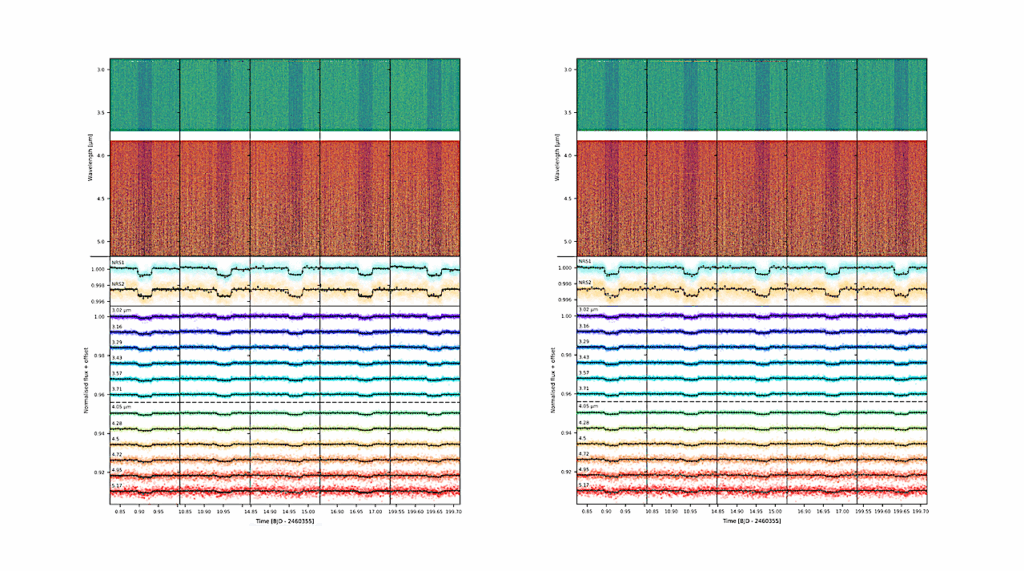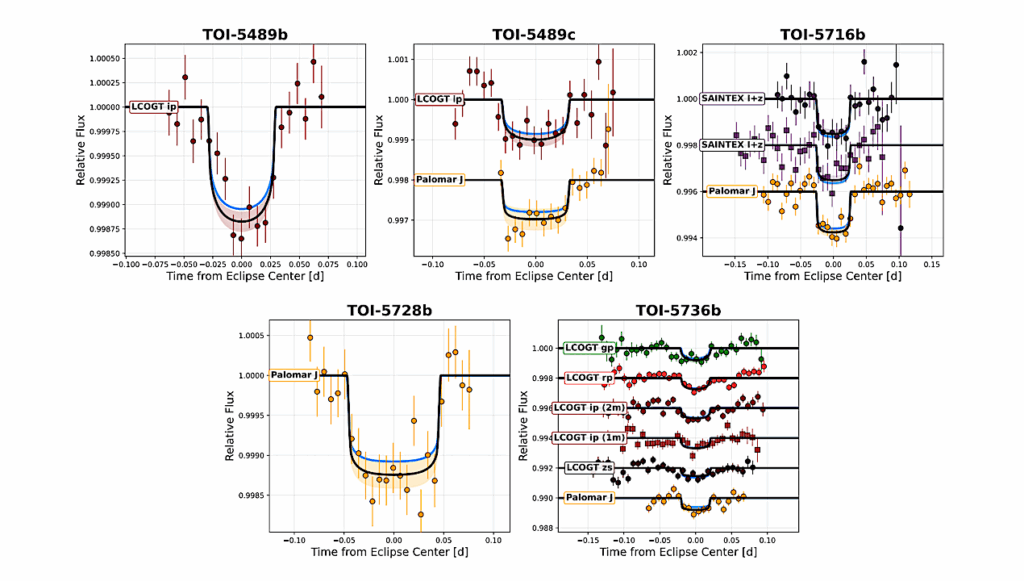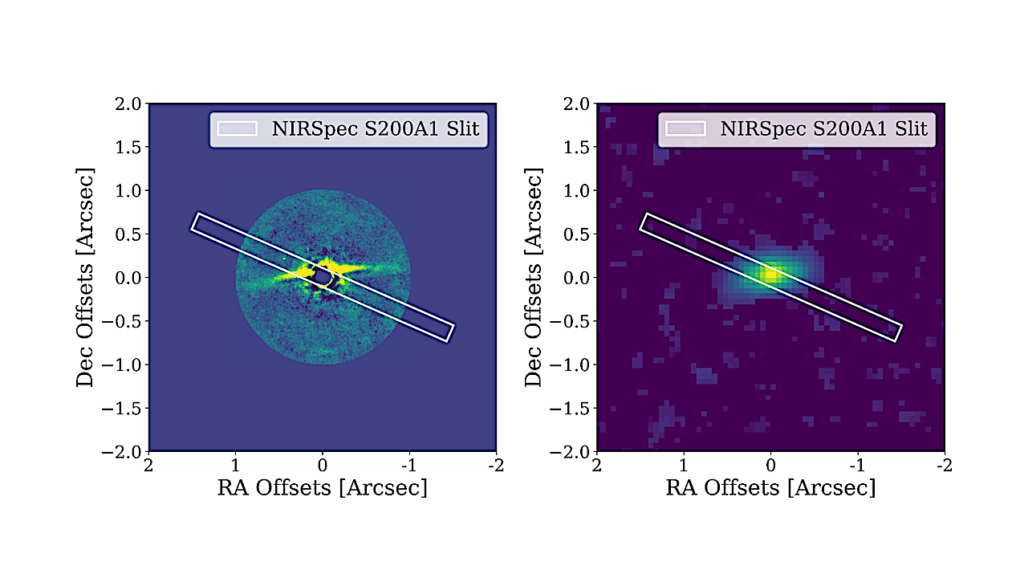Runaway Greenhouse Effect on Exomoons Due to Irradiation From Hot, Young Giant Planets

The Kepler space telescope has detected transits of objects as small as the Earth’s Moon, and moons as small as 0.2 Earth masses can be detected in the Kepler data by transit timing and transit duration variations of their host planets.
Such massive moons around giant planets in the stellar habitable zone (HZ) could serve as habitats for extraterrestrial life. We here assess the danger of exomoons to be in a runaway greenhouse (RG) state due to extensive heating from the planet. We apply pre-computed evolution tracks for giant planets to calculate the incident planetary radiation on the moon as a function of time. The total energy budget of stellar flux, illumination from the planet, and tidal heating in the satellite is compared to the critical flux for the moon to experience an RG effect.
Irradiation from a 13-Jupiter-mass planet onto an Earth-sized moon at a distance of ten Jupiter radii can drive an RG state on the moon for about 200 Myr. If stellar illumination equivalent to that received by Earth from the Sun is added, the RG holds for about 500 Myr. After 1000 Myr, the planet’s habitable edge has moved inward to about 6 planetary radii. Exomoons in orbits with eccentricities of 0.1 experience strong tidal heating; they must orbit a 13-Jupiter-mass host beyond 29 or 18 Jupiter radii after 100 Myr (at the inner and outer boundaries of the stellar HZ, respectively), and beyond 13 Jupiter radii (in both cases) after 1000 Myr to be habitable.
If a roughly Earth-sized moon would be detected in orbit around a giant planet, and if this binary would orbit in the stellar HZ, then it will be crucial to recover the moon’s orbital history. If such a moon around a 13-Jupiter-mass planet has been closer than 20 Jupiter radii to its host during the first few hundred million years at least, then it might have lost substantial amounts of its initial water reservoir and be uninhabitable today.
Rene Heller (1), Rory Barnes (2,3) ((1) McMaster University, Hamilton (ON), Canada, (2) University of Washington, Seattle, USA, (3) NASA Astrobiology Institute, VPL Lead Team, USA) (Submitted on 1 Nov 2013)
Comments: accepted by The International Journal of Astrobiology (Nov. 1, 2013), 9 pages, 5 colored figures
Subjects: Earth and Planetary Astrophysics (astro-ph.EP)
Cite as: arXiv:1311.0292 [astro-ph.EP] (or arXiv:1311.0292v1 [astro-ph.EP] for this version)
Submission history From: Rene Heller [v1] Fri, 1 Nov 2013 20:13:26 GMT (1545kb)








